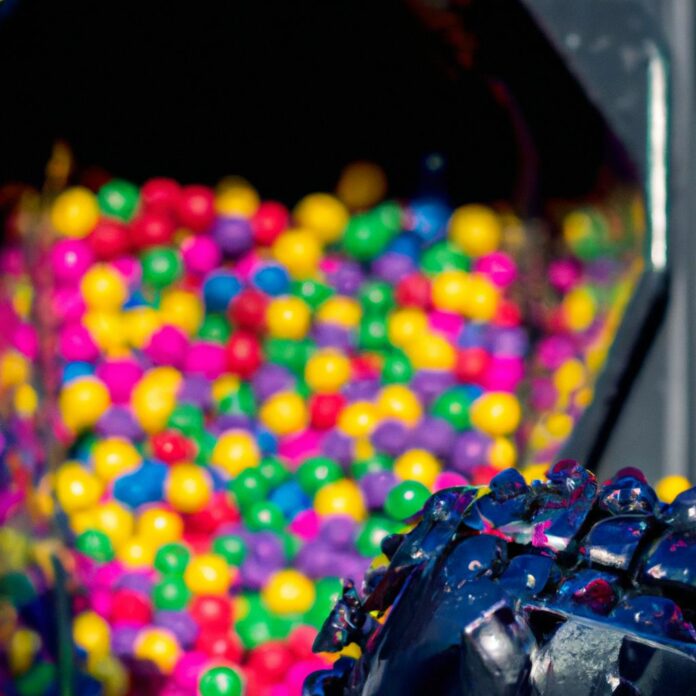Paintball is an exciting and adrenaline-pumping sport that involves players shooting each other with paint-filled capsules. To engage in this thrilling activity, players need specialized equipment, including a paintball hopper.
In this article, we will explore what a paintball hopper is, how it works, the different types available, key features to consider when choosing one, and the pros and cons of using a paintball hopper.
A paintball hopper, also known as a loader, is a device that holds and feeds paintballs into the marker or gun. It serves as a crucial component in ensuring a continuous and smooth supply of paintballs during gameplay.
With various types of paintball hoppers available on the market, players can choose the one that best suits their needs and preferences.
When it comes to the functioning of a paintball hopper, there are primarily two types: gravity-fed hoppers and electronic hoppers.
Gravity-fed hoppers rely on the force of gravity to feed paintballs into the marker, while electronic hoppers use battery-powered motors to feed the paintballs at a faster rate.
When choosing a paintball hopper, several key features should be considered, such as capacity, feed rate, ease of disassembly, and anti-jamming mechanisms. These features can greatly impact gameplay and overall performance.
Using a paintball hopper has its advantages, such as providing a steady supply of paintballs, allowing for faster firing rates, and reducing the risk of marker malfunction due to paintball jamming.
However, there are also disadvantages, including the potential for paintball breaks and the need for frequent reloading.
To keep a paintball hopper in optimal condition, regular maintenance and cleaning are crucial.
Proper cleaning techniques and storage practices can help prevent paintball residue build-up, clogging, and other issues that may affect the hopper’s performance.
What is a Paintball Hopper?
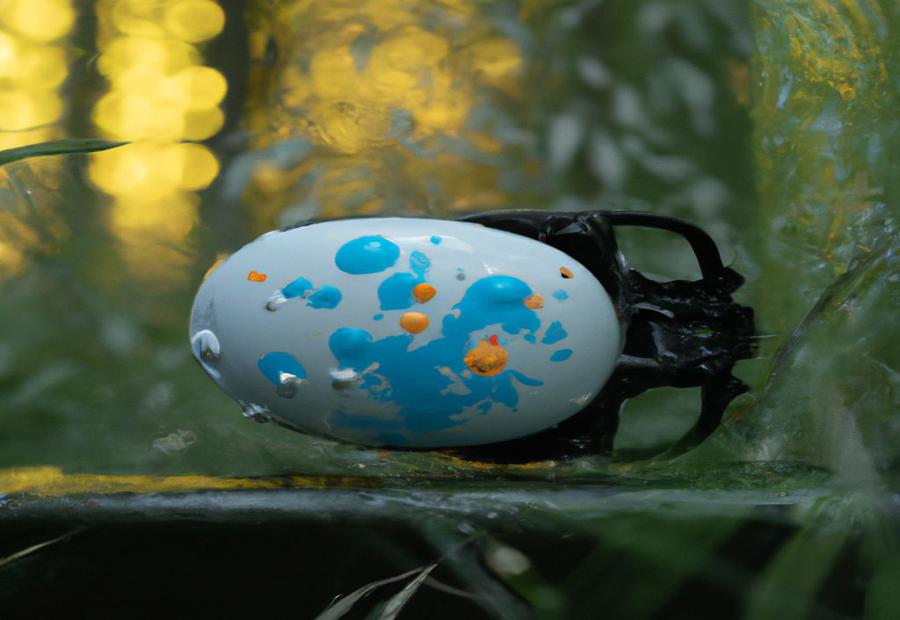
Photo Credits: Paintballbuzz.Com by Jeffrey Green
Discover the world of paintball hoppers and dive into the realm of ammunition feeding systems. Explore the various types of paintball hoppers in this section and witness the evolution of these vital accessories.
Unveil the secrets behind their efficiency, capacity, and compatibility, as we uncover the innovative designs that have revolutionized the paintball industry.
Get ready to unleash your inner shooter with a deep dive into the world of paintball hoppers.
Types of Paintball Hoppers
- Gravity-Fed Hoppers: These types of paintball hoppers rely on gravity to feed the paintballs into the marker. They have a simple design and are affordable options for beginners. However, they have a lower feed rate and may not be suitable for rapid firing situations.
- Electronic Hoppers: Electronic hoppers use a motorized mechanism to feed the paintballs. They offer a higher feed rate and can keep up with fast shooting markers. These hoppers usually have adjustable settings and advanced features like anti-jam technology. They are commonly used by experienced players in competitive scenarios.
- Force-Fed Hoppers: Force-fed hoppers, also known as agitating hoppers, use a paddle or rotor system to forcefully feed paintballs into the marker. They provide extremely fast feed rates and can handle high rates of fire. These hoppers are ideal for professional players and those using high-end markers.
When choosing a paintball hopper, consider your playing style, marker type, and budget. If you are a beginner or casual player, a gravity-fed hopper may be sufficient.
However, if you are serious about the game and want reliable performance, investing in an electronic or force-fed hopper would be a wise choice.
Make sure to choose a hopper that matches the capabilities of your marker to ensure optimal performance on the field.
How Does a Paintball Hopper Work?
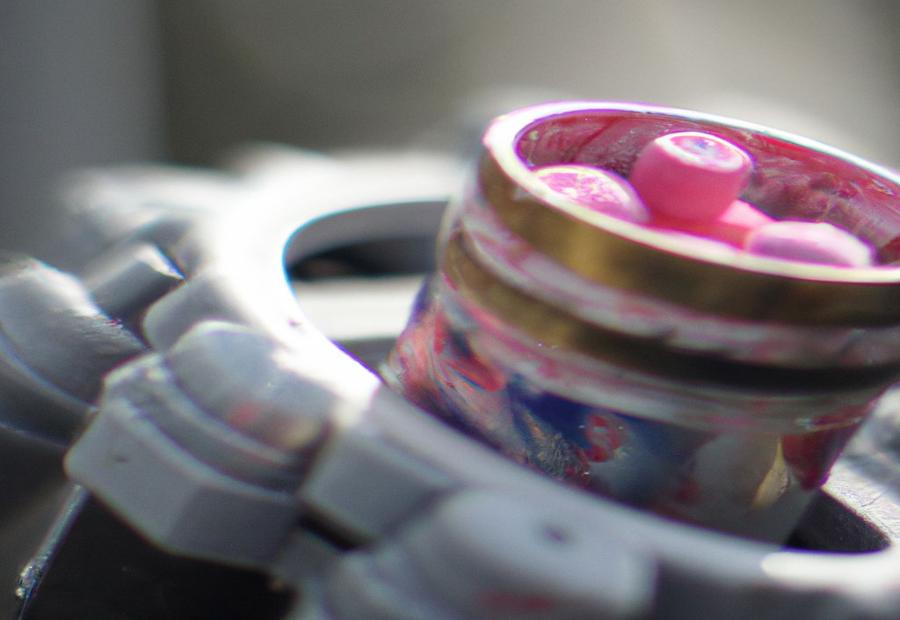
Photo Credits: Paintballbuzz.Com by Nicholas Thomas
Curious about how a paintball hopper actually works? Let’s dive into the fascinating world of paintball equipment and explore the inner mechanisms of these essential devices.
From gravity-fed hoppers to electronic ones, we’ll uncover the unique functionalities that each type brings to the game.
Get ready to discover the secret behind a paintball hopper’s role in delivering those adrenaline-pumping shots on the field!
Gravity-Fed Hoppers
Gravity-Fed Hoppers are a type of paintball hopper that rely on gravity to feed paintballs into the marker.
These hoppers typically have a simple design with fewer moving parts, making Gravity-Fed Hoppers more reliable and cost-effective.
Gravity-Fed Hoppers are ideal for recreational players or beginners who do not require a high rate of fire.
They are easy to use and maintain, and do not require batteries or additional electronic components.
However, Gravity-Fed Hoppers have a lower capacity compared to electronic hoppers, typically holding around 200 paintballs.
They are also more prone to jamming if the player moves too quickly or the marker is tilted at an extreme angle.
Gravity-Fed Hoppers are suitable for players who prefer a more conservative playing style or participate in scenarios where rapid-fire is not necessary.
These hoppers are compatible with a wide range of paintball markers and can be easily switched between different guns.
For players who prioritize simplicity and reliability over high rates of fire, Gravity-Fed Hoppers are a popular choice.
Electronic Hoppers
When it comes to electronic hoppers, they offer an advanced and efficient option for paintball players. Here are some key points to consider:
- Improved feeding: Electronic hoppers use a motorized mechanism to feed paintballs into the marker. This allows for a faster and more consistent feed rate compared to gravity-fed hoppers.
- Battery-powered: Electronic hoppers require a battery to power the motor. It is important to choose a hopper with a reliable battery life to ensure uninterrupted gameplay.
- Anti-jam technology: Many electronic hoppers come with anti-jam features that prevent paintballs from getting stuck or causing feed issues. This helps to maintain a smooth and hassle-free gameplay experience.
- Adjustable feed rate: Some electronic hoppers allow players to adjust the feed rate according to their shooting style and marker settings. This customization can enhance performance and accuracy.
- Higher capacity: Electronic hoppers typically have a larger capacity than gravity-fed hoppers, allowing players to carry more paintballs and stay in the game for longer without reloading.
Electronic paintball hoppers were first introduced in the early 1990s, revolutionizing the sport of paintball.
The technological advancements in electronic hoppers have greatly improved the efficiency and reliability of paintball markers, enhancing the overall gameplay experience for players.
Key Features to Consider When Choosing a Paintball Hopper
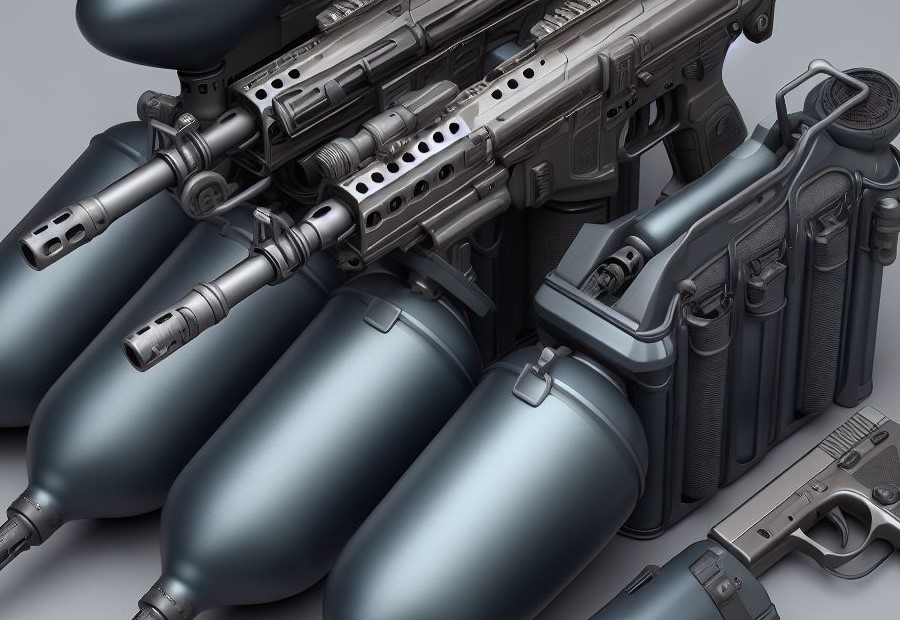
When choosing a paintball hopper, it’s crucial to consider the key features to enhance your gameplay.
Here are some factors to keep in mind:
- Capacity: One important factor to look for is the hopper’s capacity. You should select a hopper with a capacity that suits your style of play and desired duration on the field.
- Gravity-feed or Electronic: Another decision to make is whether you prefer a gravity-fed hopper or an electronic one. Gravity-fed hoppers rely on gravity to feed the balls, while electronic hoppers use batteries to power a motor for a faster and more consistent feed rate.
- Feed Rate: The feed rate is the speed at which the hopper can deliver paintballs to your marker. Players who engage in rapid firing and require a constant supply of ammunition should opt for a hopper with a higher feed rate.
- Anti-Jam Technology: It is advisable to choose a hopper with anti-jam technology to prevent paintballs from getting stuck and disrupting gameplay. This feature can significantly improve your overall experience.
- Durability: Considering the intensity of paintball games and the involvement of external factors, it is vital to assess the durability of the hopper. Look for a hopper made from high-quality materials that can withstand rough handling and potential impacts.
Remember, selecting the right paintball hopper is essential for a smooth and enjoyable experience on the field. Take into account these key features and choose one that aligns with your playing style and preferences.
Pros and Cons of Using a Paintball Hopper
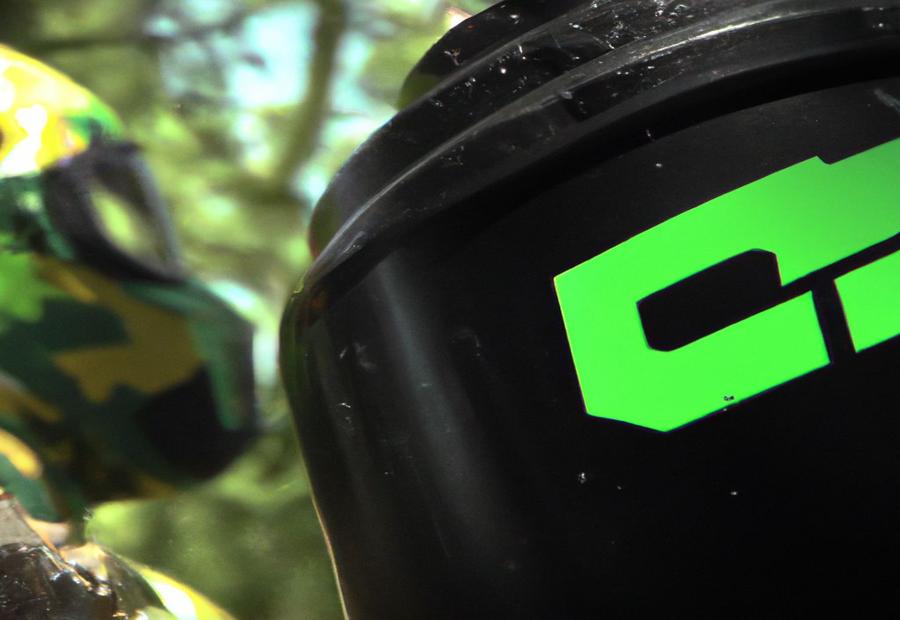
Photo Credits: Paintballbuzz.Com by Bobby Jackson
Looking into the pros and cons of using a paintball hopper, we’ll uncover the advantageous and disadvantageous sides of this gear. Get ready to discover the perks and drawbacks of having a paintball hopper in your arsenal.
You’ll gain insights into how it enhances your gameplay and the potential challenges it may present.
So, let’s dive in and explore the exciting world of paintball hoppers!
Advantages of a Paintball Hopper
- Increased Capacity: One of the advantages of a paintball hopper is that it allows for a larger amount of paintballs to be held, providing a higher ammunition capacity during gameplay.
- Improved Feeding System: Paintball hoppers have efficient feeding mechanisms that ensure a consistent and reliable supply of paintballs, reducing the chances of jams or misfeeds.
- Enhanced Rate of Fire: With a paintball hopper, players can shoot paintballs at a faster rate due to the improved feeding system, allowing for more effective and tactical gameplay.
- Better Accuracy: The feeding system of a paintball hopper ensures a consistent flow of paintballs, resulting in better shot accuracy and precision.
- Easy to Reload: Paintball hoppers are designed for easy reloading, allowing players to quickly replenish their ammunition without interrupting the game.
- Versatility: There are various types of paintball hoppers available, including gravity-fed and electronic hoppers, offering players the flexibility to choose the one that best suits their playing style and preferences.
- Durable Construction: Paintball hoppers are built to withstand the rigors of paintball games, with sturdy materials that can endure impact and rough handling.
- Compatibility: Paintball hoppers are compatible with most paintball markers, ensuring seamless integration and ease of use.
- Provides a Competitive Edge: Utilizing a paintball hopper can give players a competitive advantage on the field, allowing them to maintain a steady and reliable supply of paintballs throughout the game.
Disadvantages of a Paintball Hopper
One of the disadvantages of a paintball hopper is its limited capacity. Paintball hoppers come in various sizes, but even the larger ones can only hold a certain number of paintballs.
This means that players may need to reload frequently during gameplay, which can be time-consuming and potentially leave them vulnerable to opponents.
Another drawback of a paintball hopper is the potential for jamming. Paintballs can sometimes get stuck in the feeding mechanism, especially in gravity-fed hoppers. This can disrupt the flow of paintballs and require players to stop and fix the issue before they can continue playing.
Moreover, electronic hoppers, which offer faster feeding rates, rely on batteries to operate. This means that players need to ensure they have enough battery power or carry spare batteries with them during gameplay.
If the batteries run out or fail, the hopper will stop functioning until new batteries are installed.
In addition to these disadvantages, paintball hoppers, especially larger ones with higher capacity, can add significant weight to the marker. This can make the marker feel heavier and more cumbersome to carry and maneuver during gameplay.
Lastly, it’s important to consider the cost associated with paintball hoppers, particularly electronic hoppers with advanced features. They can be expensive, which may be a prohibitive factor for some players, especially those who are just starting in the sport or on a budget.
Tips for Maintaining and Cleaning a Paintball Hopper
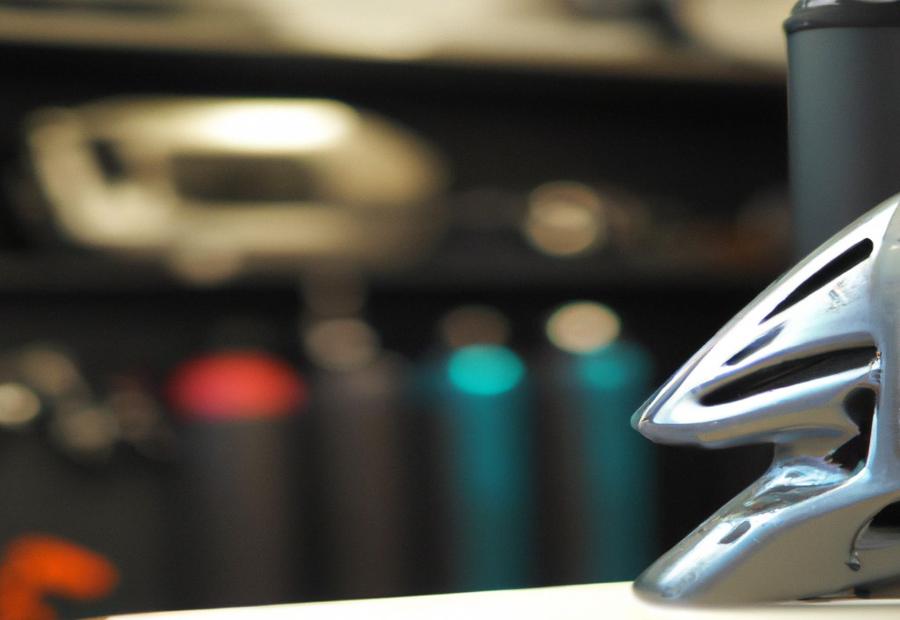
Photo Credits: Paintballbuzz.Com by Russell Ramirez
Here are some tips for maintaining and cleaning a paintball hopper:
- To start, remove the hopper from the paintball gun by unscrewing it from the top.
- Next, open the lid or top of the hopper to access the inside.
- Gently shake the hopper or tap it on a soft surface to empty any remaining paintballs.
- Take a look inside the hopper and use a soft cloth or brush to remove any dirt, debris, or broken paintballs.
- If the hopper is dirty, you can fill a sink or basin with warm water and a mild detergent.
- Submerge the hopper and use a cloth or brush to gently scrub the inside and outside surfaces.
- Rinse the hopper thoroughly with clean water to remove any soap residue.
- Make sure to let the hopper air dry completely before reattaching it to the paintball gun.
- It’s important to regularly check the hopper for signs of wear and tear, such as cracks or loose parts.
- If you notice any damaged or faulty components, be sure to replace them.
- Finally, when the hopper is not in use, store it in a clean and dry environment to prevent dirt and moisture buildup.
Frequently Asked Questions
What is a paintball hopper?
A paintball hopper, also known as a loader, is an essential component of a paintball gun. It is a device that holds and feeds paintballs into the firing chamber of the gun.
Hoppers come in different types and styles, such as gravity-fed, electronic, sound-activated, eye-activated, and cyclone hoppers.
What are the different types of paintball hoppers?
There are several types of paintball hoppers available, including:
- Gravity-fed hoppers: These hoppers use gravity to cycle paintballs into the marker and have a slower rate of fire.
- Electronic hoppers: These hoppers use battery-powered motorized components and can shoot paintballs at a faster rate of fire, up to 15-20 paintballs per second.
- Sound-activated hoppers: These hoppers shoot a paintball every time the gun fires.
- Eye-activated hoppers: These hoppers use an electronic “eye” to determine when more paintballs are needed.
- Cyclone hoppers: These hoppers use a specialized feed system to supply paintballs to the marker.
What are the advantages of gravity-fed hoppers?
Gravity-fed hoppers have several advantages:
- They distribute the weight of the paintballs, making them more comfortable to carry.
- They are lighter in weight compared to electronic hoppers.
- They are cheaper in price compared to electronic hoppers.
- They fire at a slower speed, which can be preferable for conservative or slower-shooting players.
- They save money on paintball purchases, making them suitable for rental markers in paintball parks or for corporate team building events and paintball birthday parties.
What are the advantages of electronic hoppers?
Electronic hoppers offer several advantages:
- They can shoot paintballs at a faster rate of fire, up to 15-20 paintballs per second.
- They work well with electronic markers and are preferred by advanced and tournament players.
- They prevent dry firing and jamming, as they feed paintballs faster.
- They are compatible with high-end electronic markers and offer better overall performance.
- They feature battery-powered motorized components for efficient paintball feeding.
What are some popular brands of electronic loaders?
There are several popular brands of electronic loaders, including:
Which hopper is recommended for pump hoppers and why?
The GoG 100rd hopper is recommended for pump hoppers. It is affordable and feeds paintballs consistently, making it a reliable choice for pump marker users.
What are some high-end electronic hoppers available on the market?
Some high-end electronic hoppers available on the market include:
- Bunkerkings CTRL: It is the lightest high-end loader and runs on Virtue Spire internals.
- Virtue Spire IV: It is considered the top loader for the past decade and offers excellent performance.
- Dye Rotor: It is a well-known, durable, reliable, and fast-feeding hopper.

